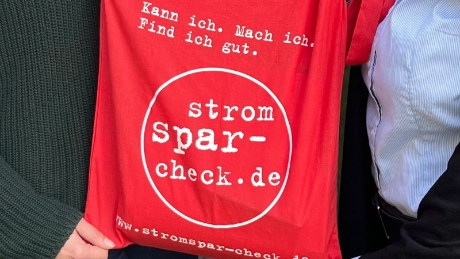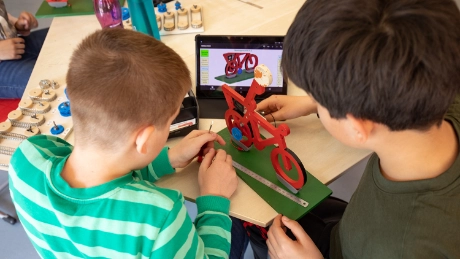Heat Network Strategy 2040
Green district heating for Jena, Pößneck, Hermsdorf und Blankenhain
It is probably one of the biggest challenges for our company: until 2040, we want our green district heating supply to be climate neutral. Until now, we have relied nearly completely on the fossil fuel natural gas. However, for the future, we are planning with river-, geo-, and solar thermal energy as well as air-source heat pumps, power-to-heat, and hydrogen - a quite interesting topic. On this page, we keep you updated.
The Federal Government wants Germany to be climate neutral unti 2045.
The local government wants Thuringia's district heating supply to be climate neutral until 2040.
The city of Jena, with their climate-oriented plan of campaign, wants to become climate neutral until 2035.
The Thuringian Climate Act of 2018 obliges all heat suppliers to present a way of transformation aiming at a green heat supply until 2040.
Together with 35 Thuringian suppliers, Stadtwerke Jena Netze has elaborated concepts for a technically possible and socially sustainable turn in heat supply.
The heat network strategies 2040 for our supply areas Jena, Pößneck, Hermsdorf and Blankenhain were submitted on time at the end of 2022 to the Thuringian Department of Environment.
At the end of April, the concepts were presented to the public during the Thüringer Wärmetagung (Thuringian heat convention) in Erfurt, and their challenges were, amongst other things, discussed with the environment minister, Bernhard Stengele (member of the Grüne-party).
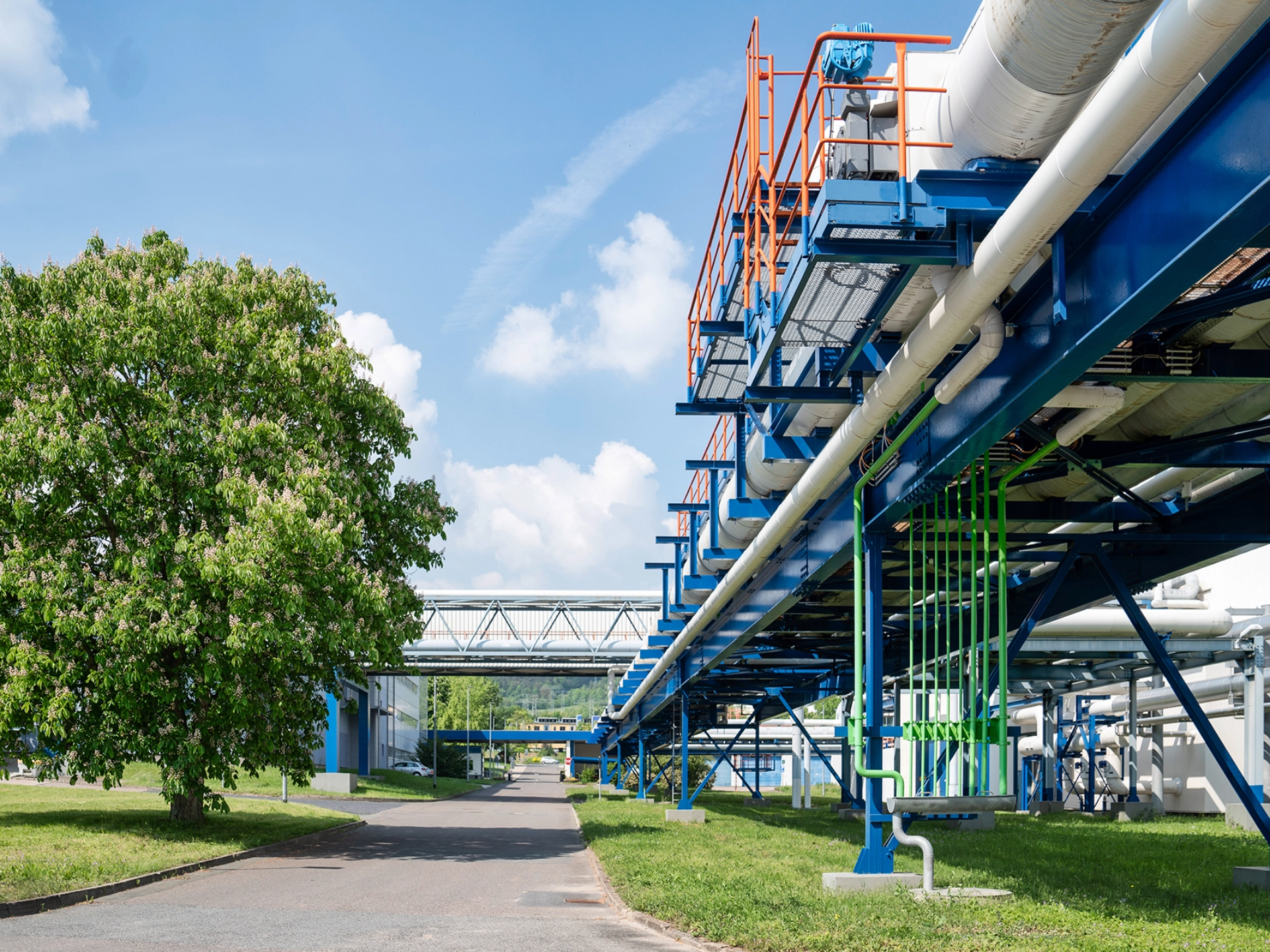
Status quo: Currently, we obtain more than 98 per cent of our district heating in Jena, Pößneck, Hermsdorf, and Blankenhain from fossil natural gas.
Central outcomes for Jena
- The thermal energy of the river Saale is to be the core part of the green district heating program in Jena. In this way, nearly 50 per cent of the heat demand could be covered by efficient and big heat pumps.
- Further plans are to use near-surface geothermal energy via well drilling as well as solar energy at suitable locations.
- The biogas plant in Zwätzen is to double its heat output and, at the same time, to produce the much-needed green electricity as combined heat and power plant.
- However, gas-fuelled plants will continue to be important. For the time being, the generators of the TEAG-plant will continue in operation and will be gradually substituted by plants apt for hydrogen until 2040. They are supposed to cover 31 per cent of the heat demand and, at the same time, to produce the much-needed green electricity as combined heat and power plant.
- Electricity based heat generation (power-to-heat) is to supplement in times of peak load. To make this possible, it is planned to construct electrode boilers to generate heat from green power fast and with little loss.
Download: Heat Network Strategy 2040 for Jena
- file_download Wärmenetzstrategie 2040 für Jena Kurzfassung

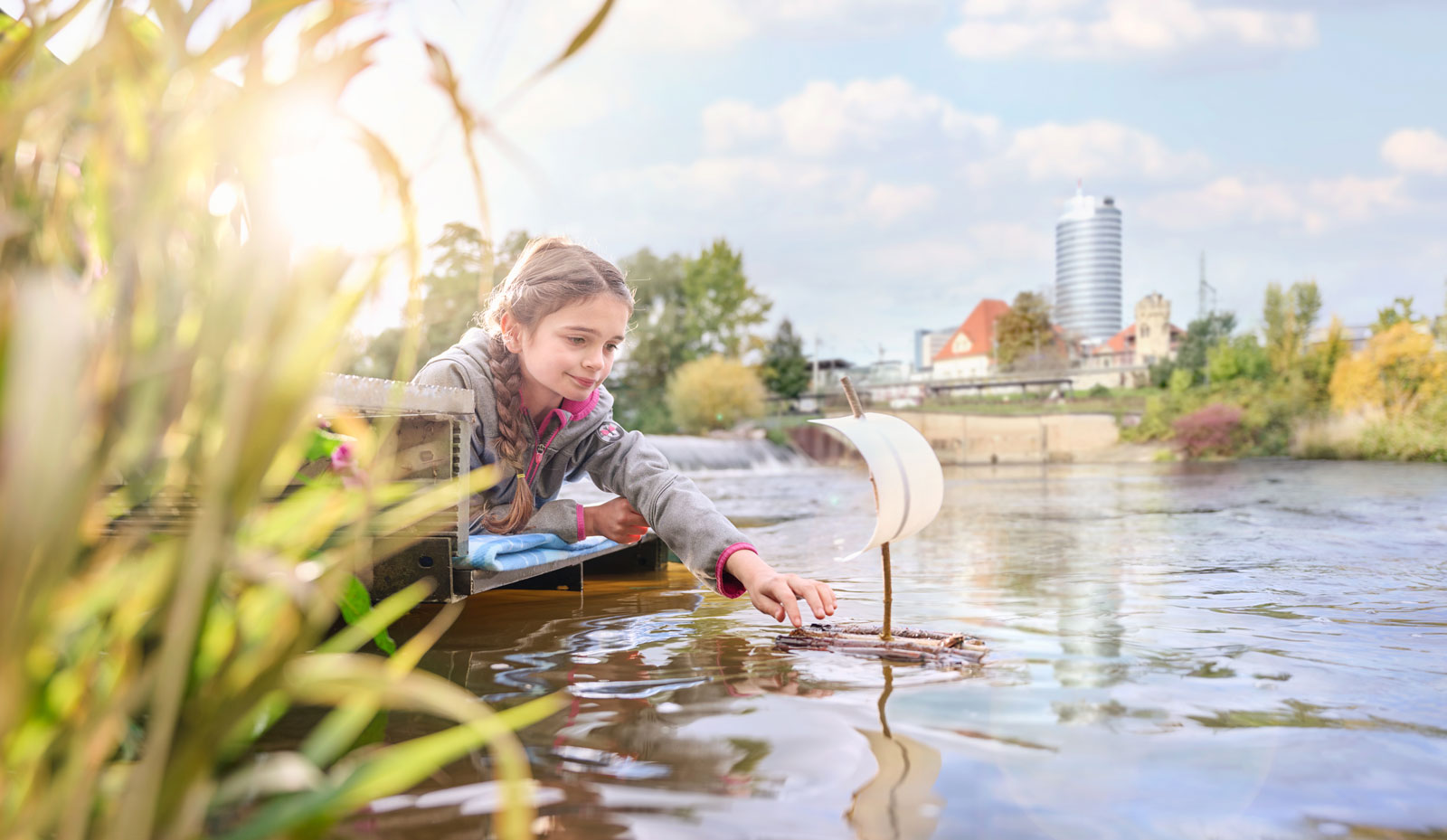
Central outcomes for Pößneck
- The heat generation for Pößneck will be based exclusively on electricity.
- Central piece of the concept for Pößneck is the consolidation or the until now separated heat networks at one central production site.
- There, a system of efficient air-heat-pumps will cover the main part of the heat demand of Pößneck.
- Electricity based heat generation (power-to-heat) is to supplement in times of peak load. To make this possible, it is planned to construct electrode boilers to generate heat from green power fast and with little loss.
Download: Heat Network Strategy 2040 for Pößneck
- file_download Wärmenetzstrategie 2040 für Pößneck Kurzfassung

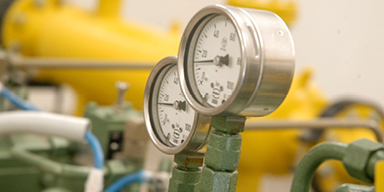
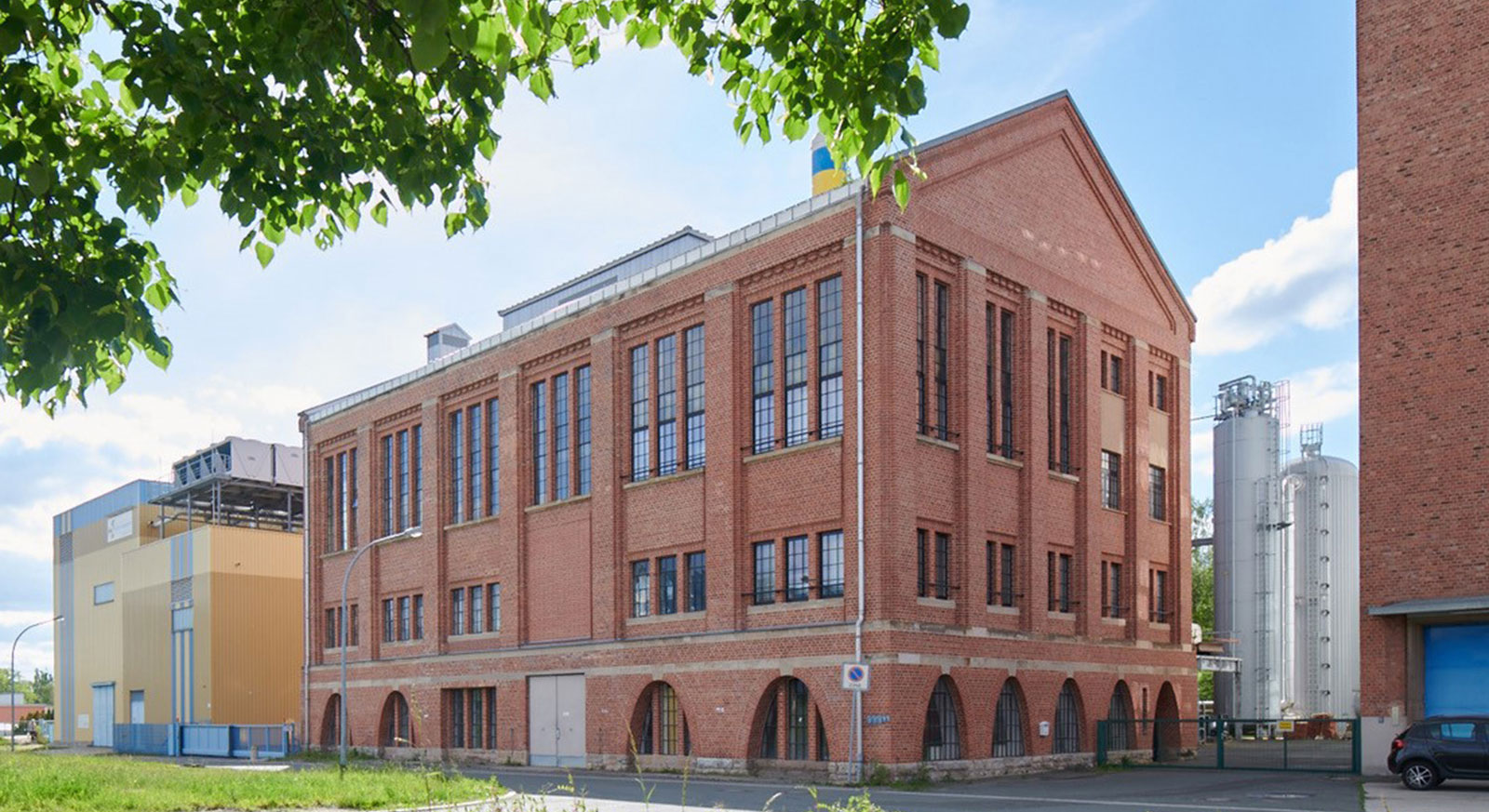
Central outcomes for Hermsdorf
- The heat generation for Hermsdorf will be based exclusively on electricity.
- The power plant site is to be complemented with a system of efficient air-heat-pumps. They might supply about 77 per cent of the heat demand.
- To facilitate elecricity-based heat generation (power-to-heat) in Hermsdorf, it is planned to construct further electrode boilers to generate heat from green power fast and with little loss.
Download: Heat Network Strategy 2040 for Hermsdorf
- file_download Wärmenetzstrategie 2040 für Hermsdorf Kurzfassung
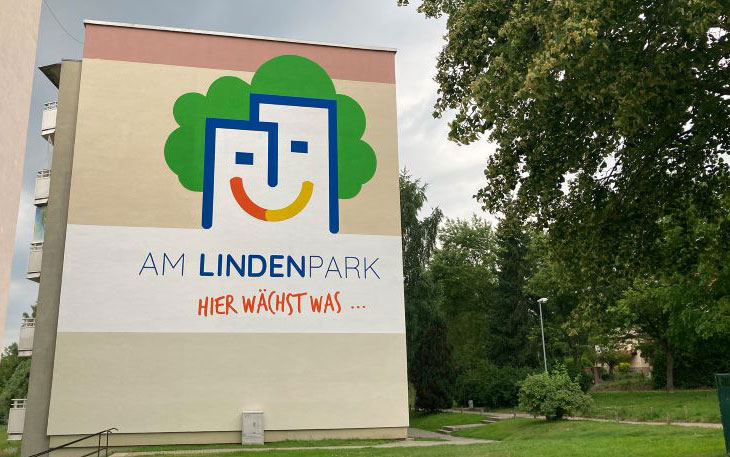
Central outcomes for Blankenhain
- Efficient air-heat-pumps on site at the current thermal power station are supposed to be the centrepiece of the distric heating for Blankenhain. They might cover about 77 per cent of the heat demand.
- The existing power-heat-coupling-module, currently fuelled with natural gas, will be modernised to facilitate its operation with biomethan and is to generate the much-needed green electricity alongside heat.
- Electricity based heat generation (power-to-heat) is to supplement in times of peak load. To make this possible, it is planned to construct electrode boilers to generate heat from green power fast and with little loss.



